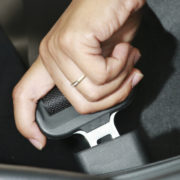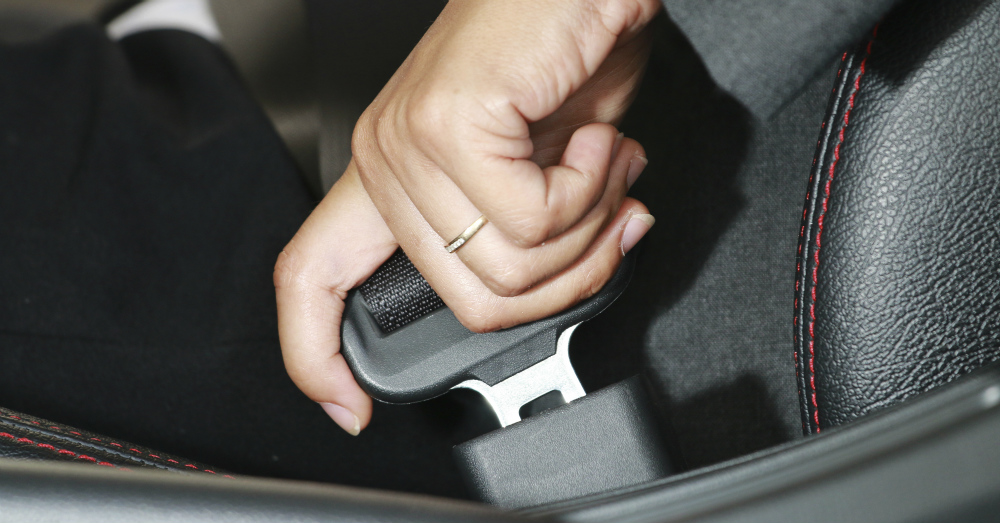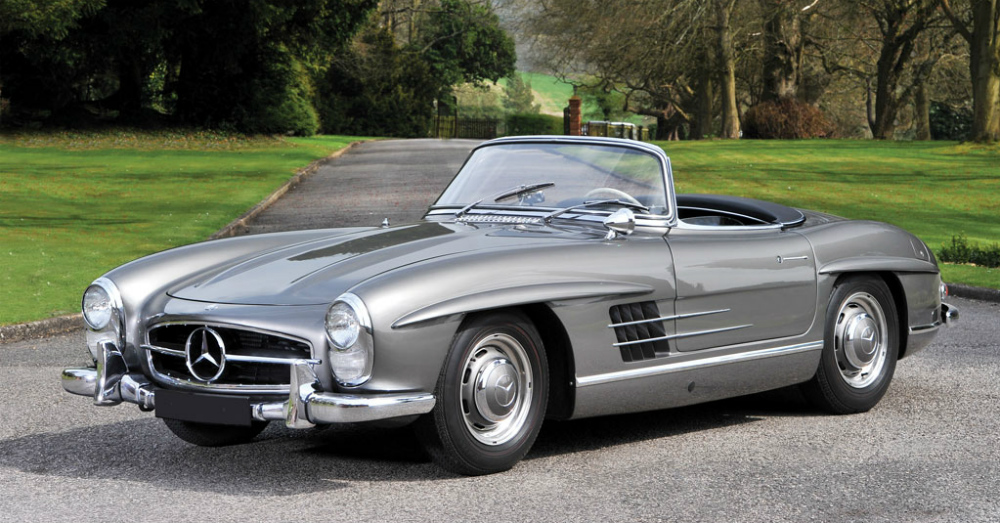Sometimes we wonder when and where the items that are part of our vehicles were made. How did we finally become safety conscious in our driving and have advanced safety technology that’s a huge part of what we now have in our vehicles. Specifically where did the seatbelt come from? This is a device that seems primitive in nature compared to the advanced safety technology of today, but every single vehicle built is required to have seatbelts in the seats and the three point safety belt is the one that has seriously stood the test of time.
As we bid a happy birthday to the three point safety belt it’s a good idea to look back and see where this belt came from. Sweden has been at the forefront of safety in automobiles for many years. Long before America began making vehicles with laminated windshields, padded dashboards and even the simple lap belts of the early days, Swedish automakers Saab and Volvo were building cars with these safety features to help protect people in the event of a crash. Because there were no regulations for safety in the early 1950s most automakers didn’t bother because safety features would have added to the cost of the vehicles they were producing.
Nils Bohlin was an engineer at Saab who had previously worked on catapults for pilots to be able to escape a failing airplane and was hired to keep drivers in their seats when a collision occurred. The first version of a safety belt he designed that was installed in many vehicles was just a lap belt that would concentrate all the force of a crash on the midsection of a person involved in a collision. While this was a step forward it did nothing to protect the vital organs of the abdominal section of a driver and eventually needed to be replaced.
In 1955 two Americans, Roger Griswold and Hugh DeHaven filed for patent that would offer a pair of diagonal lap belts and a belt that would go across the ribcage that would help restrain a person in a crash. At the same time Bohlin was developing a new safety belt that would create a V shape and have a diagonal belt across the chest and shoulder with a lap belt as well. This restraint would be able to keep a person in their seat and distribute the force of the crash across their ribcage rather than just on their abdominal section.
This style of belt was so perfect that it was adopted and he was given a patent in the US for his design on July 10, 1962; almost a year after the patent was approved in Sweden. This patent was one that was filed as an open patent which would allow every automaker to make use of this safety belt system if they desired to do so. Four years after the patent was in place and Volvo offered it as a standard feature on their Amazon vehicle, the National Traffic and Motor Vehicle Safety Act made this belt mandatory to be installed in front seats of all passenger vehicles.
As you know, over time this belt has found its way to nearly every seat of our vehicles and for the most part has remained virtually unchanged. It’s still a three point system with a buckle and an inertia reel and it has been responsible for saving over one million lives when involved in automobile accidents. This success has kept the simplicity of design and ease of use for this three point safety harness for us to continue to use feel safe in our vehicles.





